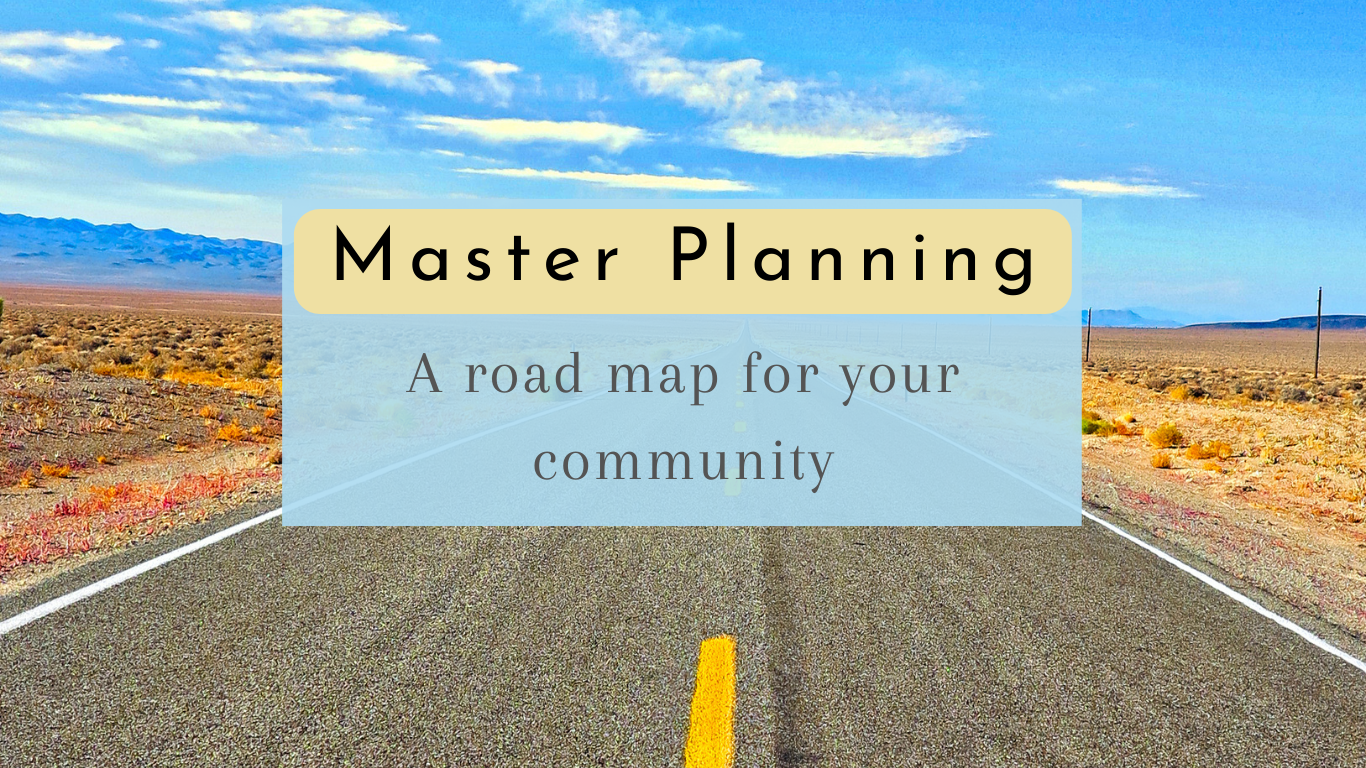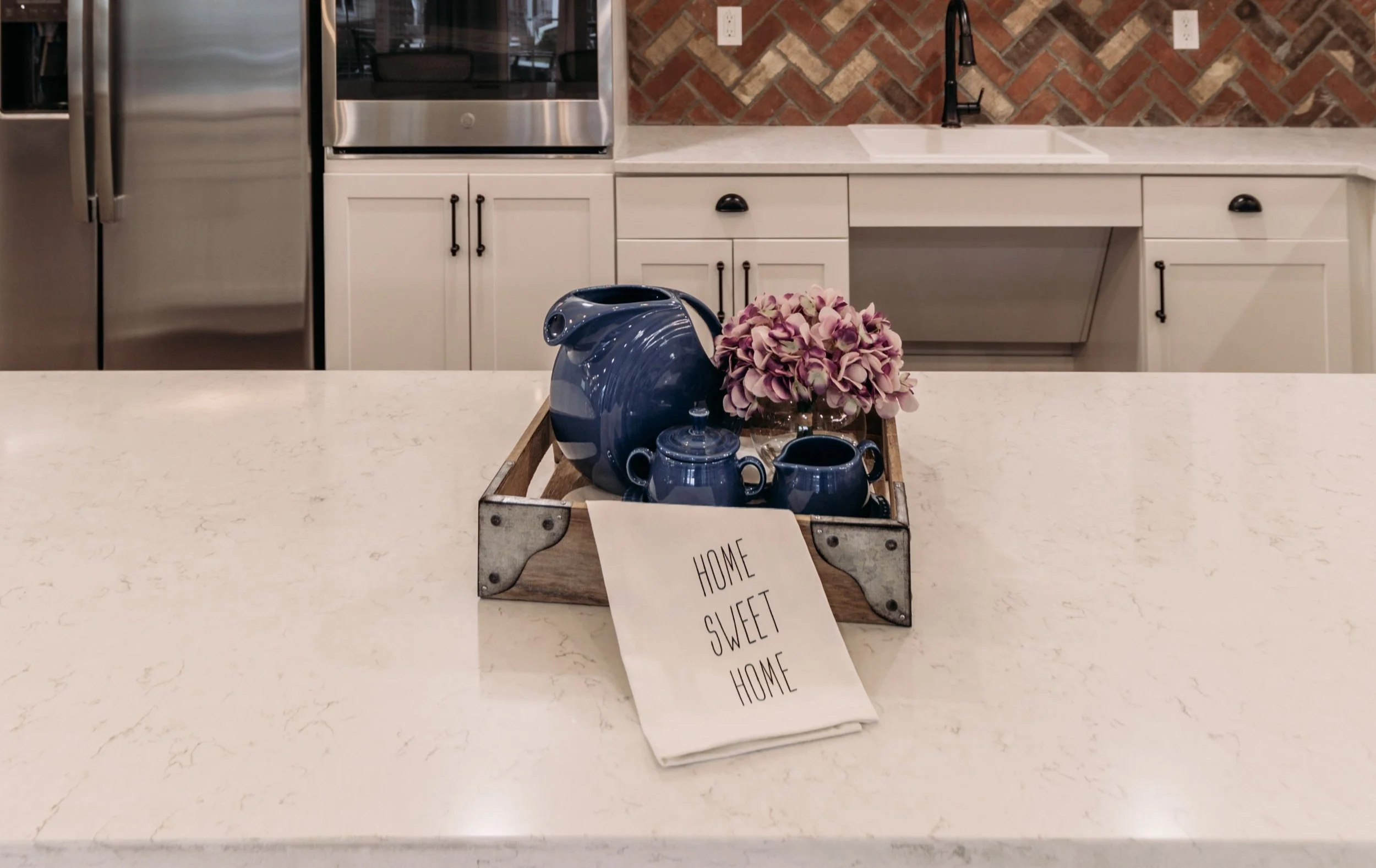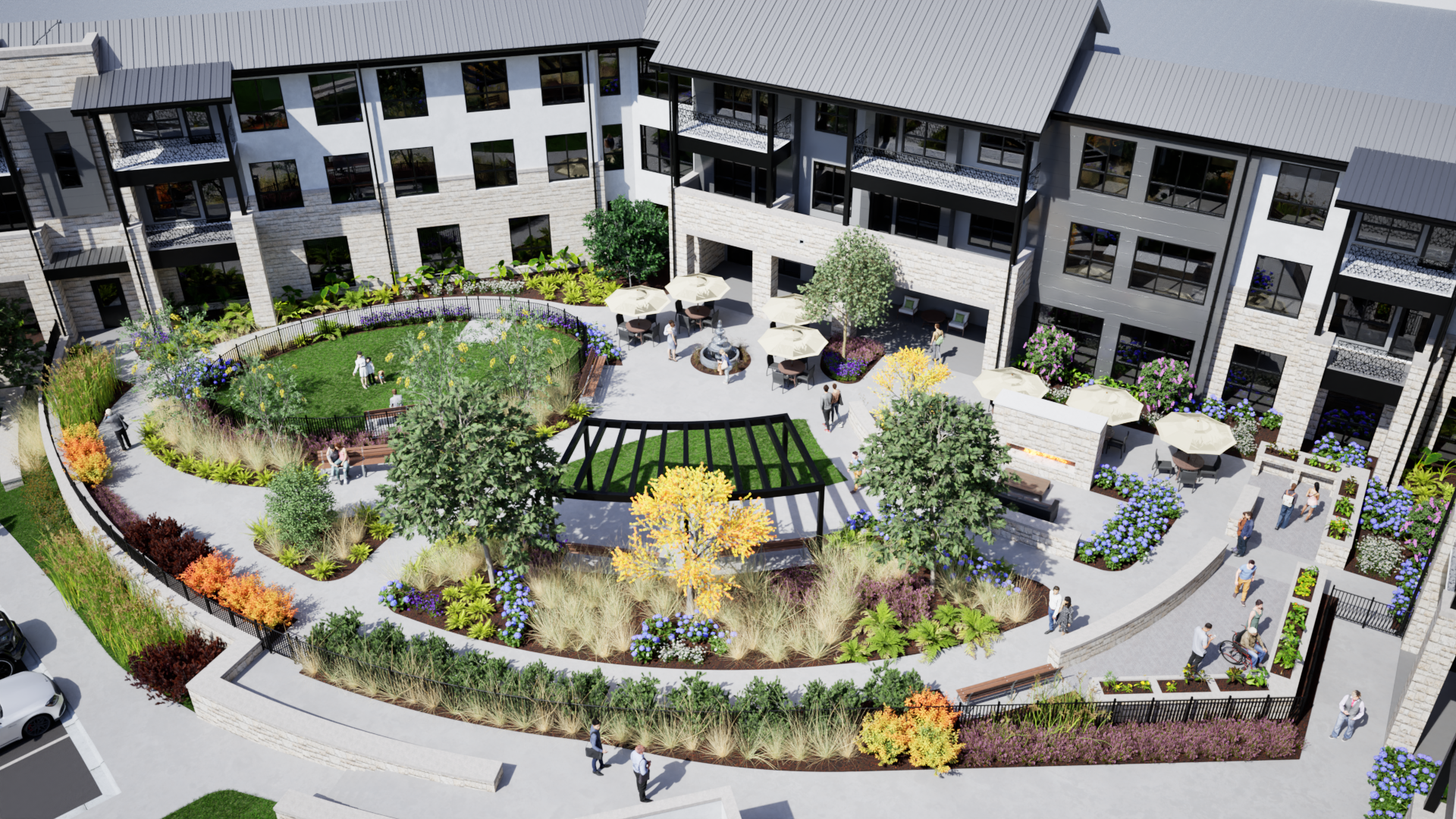Post-Pandemic, Musical Chairs Won’t Do the Trick
Here’s the dilemma. We’ve seen firsthand how physically and mentally damaging social isolation can be on seniors, but—at least for the foreseeable future—we can’t go back to in-person visits, group activities, concerts, and crowded dining halls.
Just removing chairs and increasing space between tables won’t be enough. Senior living communities will need to be designed and renovated in ways that enable safe, comfortable interactions, socialization, activities, and exercise.
These efforts can seem daunting, but there actually are some cost-effective ways to reach this goal, whether it’s for a new building or an existing community.
Even with the vaccine rollout, family and residents are going to want to know how communities are prepared to handle future pandemics, outbreaks, or similar events that require lockdowns or quarantine.
To Start: Viva Versatility!
It is important to create safe space for different kinds of interactions. For instance, some residents want to be front and center. Others want to be involved, but on the periphery; and there are those who want to observe and then join in slowly. It is important to have spaces where there are different vantage points and people can choose to engage or not. In the post-COVID world, this may be more of a challenge as we cordon off spaces that encourage smaller gatherings. However, larger windows that open and easy access to outdoor spaces (such as patios or walkways) not only will keep residents safer; they will enable others to observe or check out activities in a room before entering.
Having spaces that appeal to who people were and what they did for work and fun before coming into the facility can help decrease isolation and keep residents more engaged and active. Consider creating a woodshop for those who enjoyed hobbies and crafts or working with their hands. Make it comfortable and inviting enough for both men and women. To maximize safety, the room can contain smaller semi-private spaces that will enable residents to work and engage while keeping a physical distance. At the same time, have space for residents to volunteer and work on projects together. The same can be done with an art studio or a music room.
Food for the Socialized Soul
Of course, meals are a significant source of socialization for seniors. However, large, crowded dining halls and buffet tables are currently taboo and will remain so for some time. It also will be necessary to look at logistical issues, such as limiting traffic in and out of the kitchen, reducing staff contact with food and beverages, minimizing/eliminating the need for people to form lines, and discouraging people from gathering in large groups.
It’s important to note that just eliminating seating isn’t a solution. While this may keep people from gathering in tight or large groups, it doesn’t solve the problem. People still want to get together, so you need ways for them to do that safely. Consider a few possibilities:
Increase opportunities for outdoor dining, including outdoor cafes and picnic areas.
Initiate creative dining. Consider pick-up windows, drive-ins, outdoor cafes, and pop-up bistros in parking lots or other spaces on the grounds.
Increase queue spacing and add seating for extended waits. Decrease the need for residents to get up for cutlery or napkins, condiments, drink refills, or other items before or during meals. Enable one-way traffic in and out of dining halls and easy access to bathrooms.
Isolation Is Individualized
It’s important to realize that isolation is harder for some people and that these individuals will be eager to connect and engage as the pandemic restrictions ease. So how do you help those gregarious people who thrive in large groups and love parties stay happy AND safe? There are no easy answers, but a few ideas can help:
Have special rooms with plexiglass dividers and an audio system that lets people sit on either side. Booths or dividers can allow for more people to participate. HVAC and air filtration systems can help keep these rooms clean and disinfected.
Designate specific rooms for ‘Zooming.’ State-of-the-art audio and video can enable residents to hold court with friends and family while staying safe.
The great outdoors has never been greater, and you can leverage spaces such as parks, gardens, patios, courtyards, and paths to increase your community’s appeal to residents and enable them to socialize and engage safely. Encourage exercise with looped walking paths and points of interest along the way. Create dog runs where residents can exercise with their pets. Increase the use of lighting, awnings, and other amenities to enable outdoor engagement into the evenings and inclement weather.
Beautiful Day in the Neighborhood
The neighborhood approach to senior living has grown in popularity, and the pandemic has promoted it as an optimal way to enable residents to stay safe while enjoying more “normal” interactions with others. Small, adjacent clusters; smaller buildings; or units with private exits and entrances can enable groups of 8-16 people to live in proximity, share amenities, and socialize. By limiting access to these spaces, these small groups make it easier to keep illness out, prevent the spread of infections, and keep areas clean and disinfected.
The urgency to address isolation is real. Many people have experienced its damage themselves. Others have read the stories and seen the studies. They know that social isolation significantly increases the risk of premature death and that it’s associated with increased risk of dementia, heart disease, stroke, depression, anxiety, and suicide.
Moving forward, seniors and their families won’t consider the ability to safely socialize and enjoy purpose and quality of life a luxury. It will be a necessity; and they will want to know how your community stacks up with the competition. We can help with every aspect of your need to decrease isolation, encourage engagement and purpose, and increase move-ins.
At Pi, we are focused on the future, and we look forward to partnering with you to thrive in 2021 and beyond. Let us know about your goals and challenges, and we will work with you on solutions and innovations.
Contact us here or call us at 512-231-1910.



















